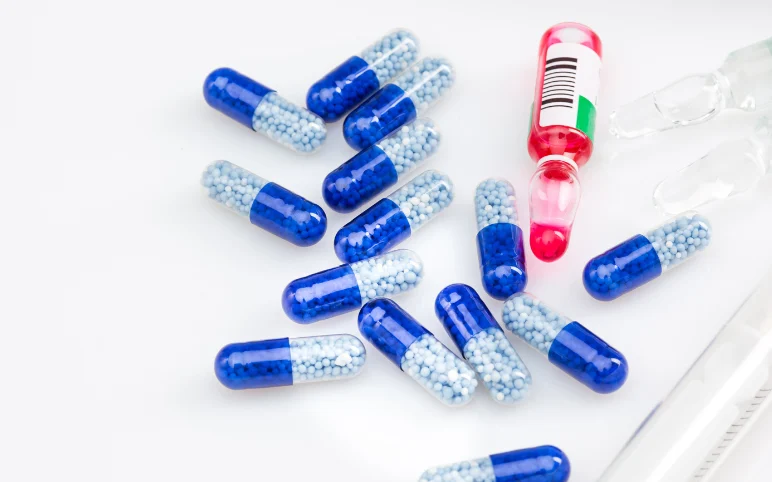J&J’s Invokana matches Jardiance’s 14% reduction in major CV events
There’s officially another heart-helping SGLT2 on the block. But this one brings some varied benefits—and amputation risks—along with it. In a cardiovascular outcomes trial, Johnson & Johnson’s Invokana matched up to Eli Lilly and Boehringer Ingelheim’s Jardiance at cutting a composite measure of CV risks, posting a 14% reduction. Those paying close attention may recognize that 14% is the same mark Jardiance hit back in 2015. But that’s where the similarities between the two data sets end. Unlike Jardiance, which failed to make a significant difference in the risk of heart attack or stroke, Invokana pared down risks in both measures—by 15% and 10%, respectively. On the flip side, though, while J&J’s entrant was able to slash the risk of cardiovascular death by 13% that number pales in comparison with Jardiance’s 38%—a figure that now has a place on the Lilly/BI med’s label.
Novo’s Xultophy beats basal-bolus insulin at cutting hypoglycemia, spurring weight loss
Novo Nordisk is in a tough market race against Sanofi with combo product Xultophy, which hit the market after the French drugmaker’s Soliqua. New basal-bolus topping data, though, could give the medicine a leg up. Xultophy—which marries Novo’s newest basal insulin, Tresiba, with its top-selling GLP-1 med Victoza—beat a “gold-standard” insulin therapy at helping Type 2 diabetes patients avoid hypoglycemia and weight gain, common side effects of insulin. And it did that while matching the older basal-bolus treatment’s ability to cut blood-sugar levels, a new study showed. Presented on Saturday at the American Diabetes Association’s annual meeting, the trial pitted Xultophy against basal-bolus therapy with Sanofi’s standard basal insulin, Lantus, and Novo’s own mealtime insulin NovoLog. Xultophy took 66% of patients down below a 7% A1C target, similar to the 67% of patients who reached the mark with the basal-bolus duo.
Lilly and BI, following their SGLT2 rivals, plot kidney disease study for Jardiance
Eli Lilly and Boehringer Ingelheim have reason to believe their SGLT2 inhibitor, Jardiance, may improve outcomes for chronic kidney disease patients—so they’re putting the medicine to the test. On Monday, in the middle of the American Diabetes Association’s annual meeting, the pair announced plans to run a new outcomes trial specifically aimed at assessing Jardiance in kidney disease patients, both with and without diabetes. The companies based the decision on data from Empa-Reg Outcome, the cardiovascular outcomes trial that made headlines back in 2015 by showing Jardiance could cut the risk of major CV events by 14% and the risk of cardiovascular death by 38%. At last year’s ADA meeting, the drugmakers unveiled a new analysis of the study showing that Jardiance had posted a 55% reduction in the initiation of renal replacement therapy, such as dialysis.
Novo’s Tresiba matches Sanofi rival Lantus in CV safety study
Going up against Sanofi blockbuster Lantus is no easy task, but that’s exactly what Novo Nordisk and its long-acting insulin Tresiba have to do. Thanks to new data, though, the Danish drugmaker can safely say its newcomer poses no increased heart risks—and it has some advantages over its rival, too. On Monday at the American Diabetes Association annual meeting, Novo unveiled a 7,637-patient study showing that high-risk Type 2 diabetes patients taking Tresiba were no more likely to suffer a major cardiovascular event—such as heart attack or stroke—than those using Lantus were. It’s good news for Novo, which kicked off the trial—dubbed Devote—after the FDA turned away Tresiba in early 2013. In sending Novo back to conduct a CV trial, the agency spurned the advice of an advisory panel, which had recommended a study post-approval instead of beforehand.



